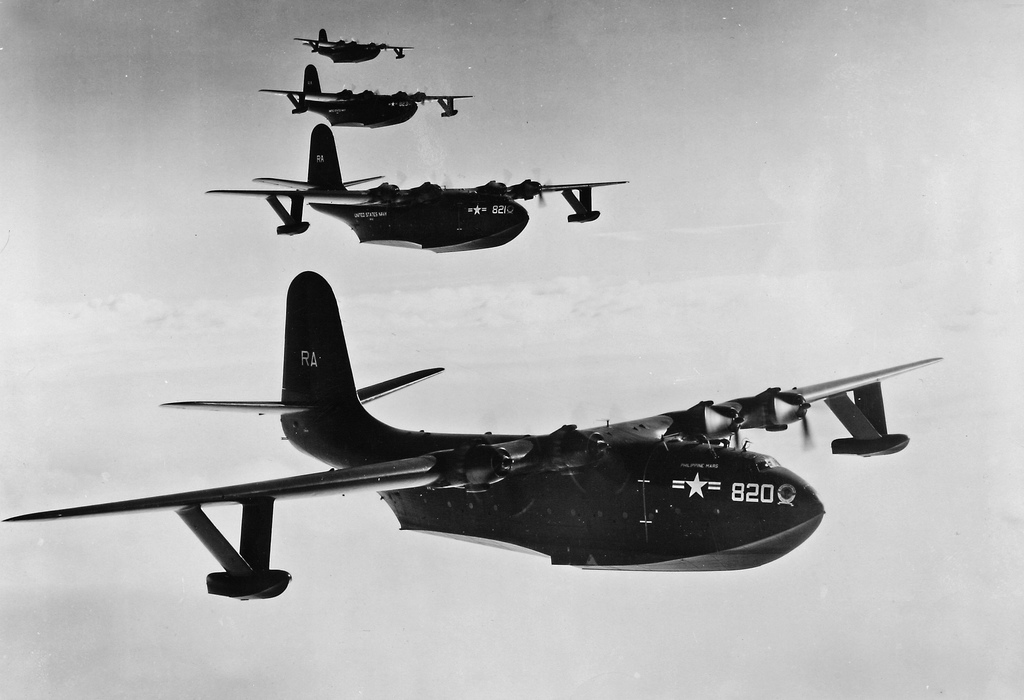Coulson Aviation published a press release announcing that the Philippine Mars will soon find its “forever home” at the PASM in Tucson, Arizona this year. The Philippine Mars is one of only seven Martin JRM Mars flying boats produced.

“This has been an exciting month for both Martin Mars waterbombers,” said Wayne Coulson, CEO of Coulson Group. “As a fitting tribute to their years of service and years of hard work by many people in BC and the U.S., we are pleased to see both Mars aircraft landing to rest at world-class institutions in 2024.”
Produced between 1942 and 1947, the Mars fleet flew cargo between Hawaii and the Pacific Islands to support the U.S. Navy during World War II. After the war, they supported the Korean War with medical air transport lifts between Hawaii and California, later transitioning to cargo lift work between Hawaii and California before being decommissioned in 1956.
The impressive planes were each christened with proper names, perhaps as a nod to their nautical roots. The prototype plane was named The Old Lady; production planes were named as follows: Hawaii Mars, Philippine Mars, Marianas Mars, Marshall Mars, Hawaii Mars II (named after the destruction of the original Hawaii Mars), and finally, Caroline Mars.

The surviving fleet of four aircraft were sold in 1958 to a consortium of timber companies in British Columbia, Canada, and converted into the world’s largest waterbombers carrying 7,200 U.S. gallons per drop. Coulson purchased two of the aircraft, the Hawaii Mars and the Philippine Mars in 2007, which marked the beginning of the company’s fixed-wing air tanker operations for aerial wildfire support.

Hawaii Mars and Philippine Mars are the only Martin JRM Mars aircraft remaining today.
“We are pleased to have the Philippine Mars join our museum where we will preserve this World War II-era aircraft for decades to come,” said Scott Marchand, CEO of the PASM.
According to the museum’s Facebook post, the Philippine Mars won’t arrive until later this year, but we are thrilled to see that both remaining iconic Martin JRM Mars aircrat will be preserved!





























